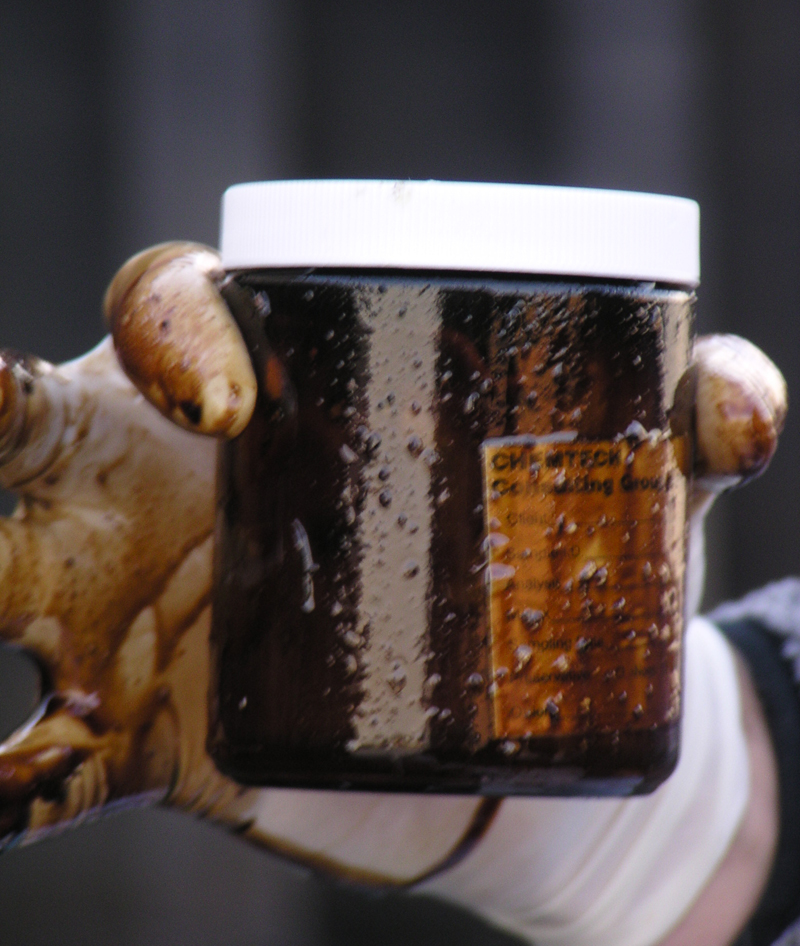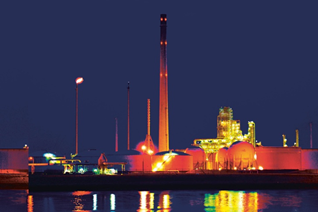RL Blogs

By Steve Pagani
Feb 29, 2016A simple but important plead to not lose focus on the dangers surrounding refinery operations. |
||||
| You’ve all seen the banana peel right? The ones in the cartoon that seem so obviously in sight but somehow everyone manages to step on it and fall. How do those people miss that peel? Bright yellow and laying on the floor right in front of them… yet somehow it always gets stepped on.
Well I’m here to tell you that those banana peels all exist in real life as well. And quite a few of them reside in your refinery. Your challenge is to change your existing perspective so that you can see the peel before you slip and fall.
What am I talking about you ask? I’m talking about that risk that everyone has normalized and decided to live with. The one that would be ridiculously obvious to a person from the outside but can’t be seen by the people headed right for the peel.
It might be a sample that gets pulled without the right equipment or PPE, or a valve that hasn’t operated right for a decade. Maybe it’s a compressor that lacks the proper safety instrumentation or a heater that still gets lit the same way it did thirty years ago.
Whatever it is, you need to take a fresh look and spot that banana peel before someone gets hurt. Here are some key areas to re-evaluate:
Don’t take these issues lightly. Many of the streams we sample can be extremely hazardous and need to be handled with the proper care.
Procedures
During unit startups, shutdowns, or other abnormal conditions do you normally see procedures being referenced? If not, this is a warning that the unit is being operated off experience instead of by a standard. No matter the refinery, if complex operations are being completed off memory and experience, it’s only a matter of time before a major incident will strike.
Ensuring unit procedures are up to date, accurate, and being utilized seems like an obvious recommendation but it’s one that many refineries need take seriously.
The proper disposition for relief valves on hydrocarbon equipment should be to a flare. If your site still has atmospheric relief paths plans should be made to eventually convert these over to a flare.
Tank Temperatures
As units creep capacity a lot refineries neglect the off-sites area. Many times this results in rundown temperatures or bulk tank temperatures from climbing. It’s critical to ensure that rundown temperatures never exceed the flash point of the product. It’s also important to eliminate the potential of boilover events in tanks that may contain water.
Furnace Instrumentation and Operation
Process furnaces and boilers can present numerous challenges and need modern instrumentation to ensure safe operation. Safety checks for the initial light off of each furnace should be present in each refinery. For normal operation each furnace should have excess oxygen and combustibles instrumentation to safeguard against flooding.
In addition, high risk activities such as blocking in pilot gas valves for burners in operation or clamping fuel gas valves to prevent them from chopping should never be accepted.
There are dozens of areas where refinery employees and management have normalized deviations, or have just become overly complacent with process and safety risks. While an incident related to the dormant risk may not have occurred yet, the potential still remains. Do not get caught in a position where you look back in hindsight and regret not avoiding that banana peel. | ||||
|
|










